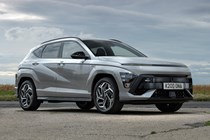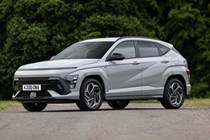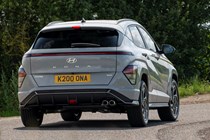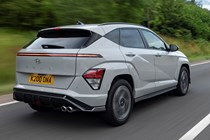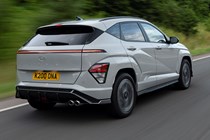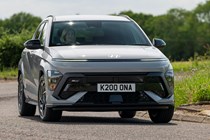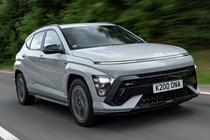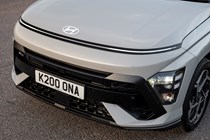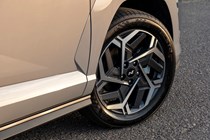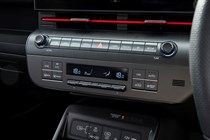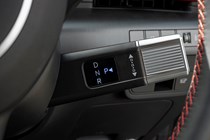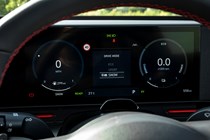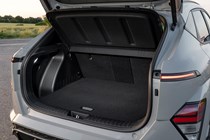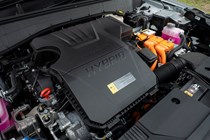
Hyundai Kona running costs and reliability
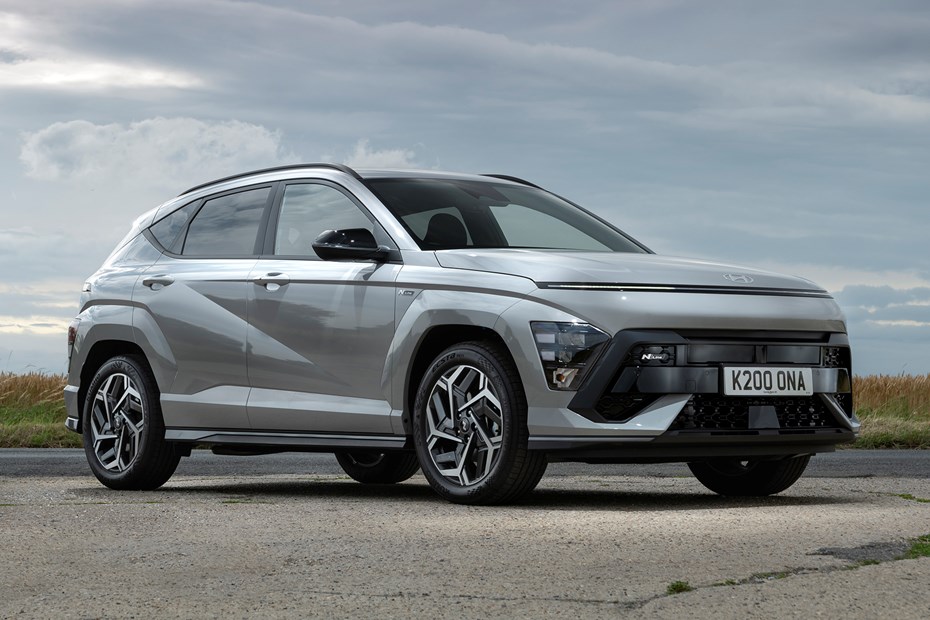
Miles per pound (mpp) ⓘ
| Petrol engines | 6.2 - 7.4 mpp |
|---|---|
| Hybrid petrol engines | 8.6 - 9.2 mpp |
Fuel economy ⓘ
| Petrol engines | 42.2 - 50.4 mpg |
|---|---|
| Hybrid petrol engines | 58.9 - 62.8 mpg |
- Wide choice of engines in Kona
- A pair of petrols, hybrids or full electric
- Hyundai Kona offers cheap running costs
What are the running costs?
The Hyundai Kona has one of the broadest choices of engine line-ups on sale today: you can have your crossover with a choice of petrol engines, as a hybrid or even a fully electric version.
Buyers face a decision about whether the cheaper running costs of the more electrified versions outweigh their greater cost. For many, the simplest 1.0-litre petrol model (available as a six-speed manual or seven-speed automatic) will be just fine. It offers 47.9mpg combined fuel economy and 134g/km of CO2 emissions.
A more powerful 1.6-litre petrol turbo is also available, again with a choice of gearboxes. It is significantly more powerful, but efficiency suffers with 39.8-43.5mpg average and between 148-162g/km of CO2 (both figures vary depending on your choice of transmission). Pick the hybrid if you want the cleanest combustion Kona: it has quoted average fuel consumption of 60.1mpg and low CO2 at 106g/km, which could reduce your tax bills.
All petrol Konas come with a modest 47-litre fuel tank. Just remember that the Hybrid shrinks that to 38 litres, so you’ll likely be filling up more often, despite the greater fuel efficiency.
View detailed MPG and CO2 figures on the Hyundai Kona specs pages.
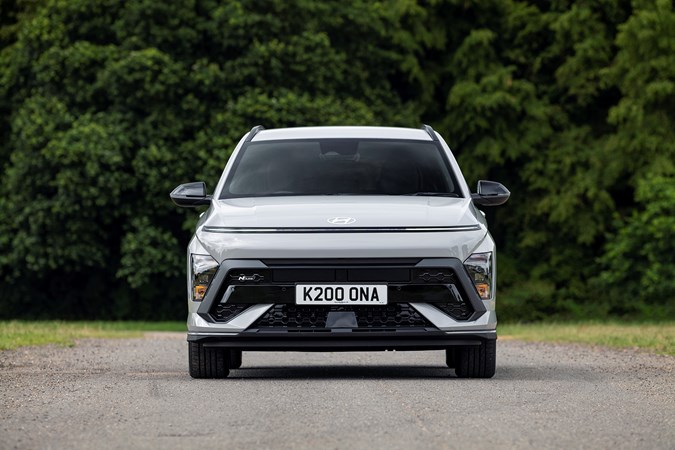
Servicing and warranty
The Hyundai Kona needs a trip to the dealership for maintenance every 10,000 miles or annually for any model with a petrol engine, whichever is sooner. That’s twice as frequently as the Kona Electric.
All new Hyundais are covered by a five-year, unlimited mileage warranty. It’s one of the best guarantees available today and you’ll struggle to find manufacturer-backed cover that’s more comprehensive. The paint on your Kona will be warranted against rust for 12 years.
Reliability
- Hyundai cars have a robust reputation
- A decent dealer network as back-up
- Few known problems with the Kona
This is the second generation of Hyundai Kona and it’s worth pointing out that it’s related closely to the Kia Niro, with which it shares many components.
The new Kona has not yet had any recalls issued by the manufacturer, but we’ve every reason to suspect it’ll be a reliable and trouble-free prospect. The previous model had a decent reputation, although Hyundai issued a couple of government safety recalls to address problems with the brake lines and an airbag control unit around 2019.
Don’t forget to check out our Hyundai Kona owners’ reviews written by Parkers readers. These give the warts ‘n’ all verdicts from the real world and are a handy companion guide to our professional Kona review.
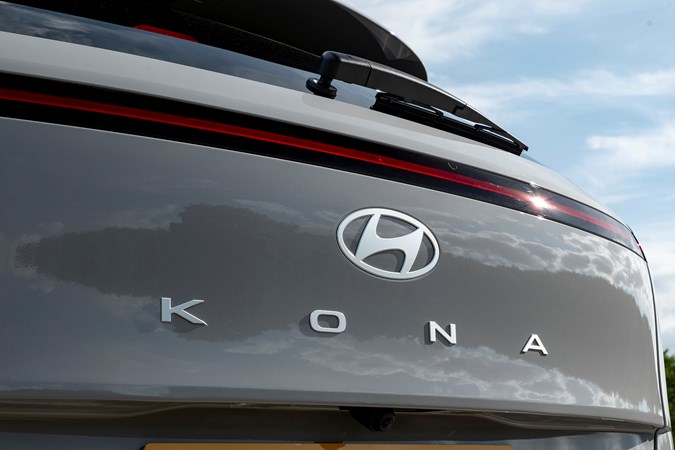
Ongoing running costs
| Road tax | £195 |
|---|---|
| Insurance group | 14 - 28 |
Get an insurance quote with

|
|



